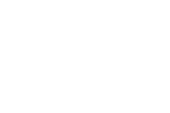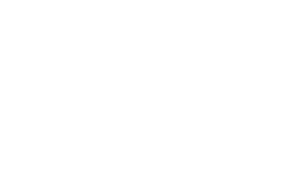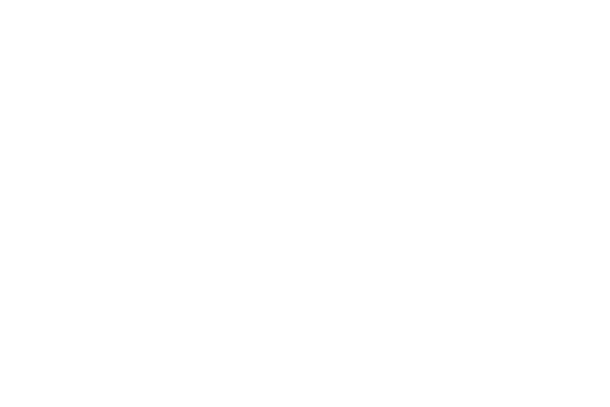 |
 |
 |

|
Looking through the glass floor
©Sophie Robichon - Mairie de Paris’
|
|
 |
THE EIFFEL TOWER 1ST FLOOR IS REFURBISHED WITH GLASS
The Eiffel Tower! The very mention of its name is an invitation to dream, fantasise and travel; synonymous with grace, excellence and elegance, what other monument could better encapsulate the spirit of Paris?
The official reopening was 6/10/2014
|

|
Posted 14 November 2014
|
Share this:
|
|
This beacon, whose beam has swept the roofs of Paris lighthouse-like for more than 120 years, is one of the hundred or more legacies of the Universal Exhibitions of Paris.
Since then, it has never stopped shaping the face of our city, and has ensured our continued international fame and reputation.
It is the landmark monument of the French capital, symbolising the appeal of Paris, especially as a must-visit destination.
|
|
|
|
|

|

|

|

Paris' mayor Anne Hidalgowalks on the new glass floor at the Eiffel Tower
©Sophie Robichon - Mairie de Paris’
|
|
As a showcase for French technical expertise, it symbolises the spirit of Paris, a city with great ambitions that is rooted in its past, but always focused on the future and open to the world.
So today, we are delighted to show how this venerable iron lady, who has never been content simply to rest on her four firmly-planted feet, continues to keep up with the times, and offer her multitude of admirers in other cities on other continents a new face, a new way of welcoming them, and new - sometimes extreme - experiences as, from her first floor, she reveals her secrets from a height of 57 metres.
|
|
|
|
|
|
|

Glass floor Eiffel Tower Paris
©Sophie Robichon - Mairie de Paris’
|
|
|
|
|
|
|
An exemplary sustainable development project
Although there is no 'High Quality Environmental' benchmark for the Eiffel Tower, one of the major goals of the project to refurbish its first floor was to achieve a significant reduction in its ecological footprint as part of the City of Paris Climate Plan.
The position of its glazing has been redesigned without in any way compromising the comfort of visitors as they take in the stunning panoramic views from the first floor of the Tower: this new level of sun protection reduces summer solar heat gain by more than 25%, thereby reducing the energy bill for air conditioning. The fact that almost all the lighting on the first floor of the Eiffel Tower has been converted to LED will boost power savings even further.
The Ferrié Pavilion now has 10 m• of roof-mounted solar panels, whose output will meet approximately 50% of the water heating needs of the two pavilions. The Pavilion has also gained a rainwater recovery system that provides flushing water to the toilet facilities. This system also reduces the amount of energy needed to power the booster pumps used to pump water to the higher levels of the tower.
|
“
The first floor now offers an enhanced experience of the Tower and of Paris itself; it's a sensory and hugely enjoyable experience that takes visitors on a voyage of the senses and that leads to new knowledge. The pavilions we have designed are influenced by the pillars of the Tower: they lean in submission to the strength of those pillars and are therefore inclined inwards. Alain Moatti, the architect who designed the first floor refurbishment project
”
|
|
|
|
|
|
|


